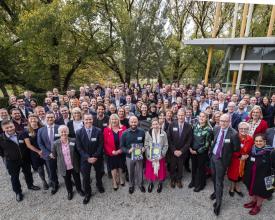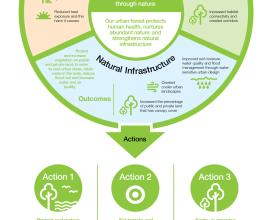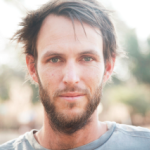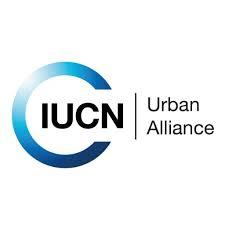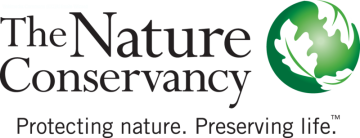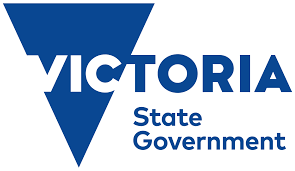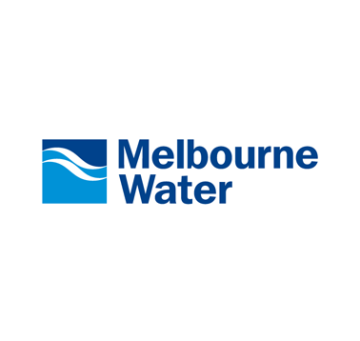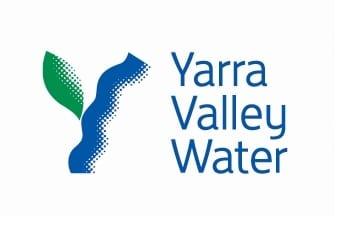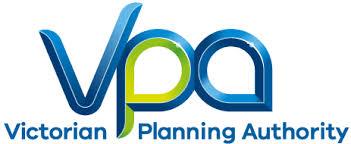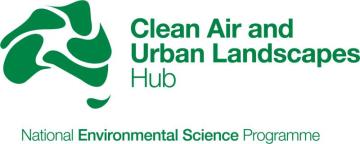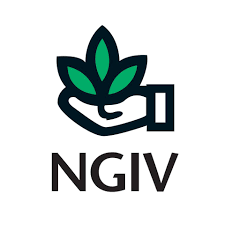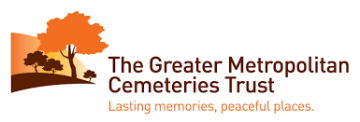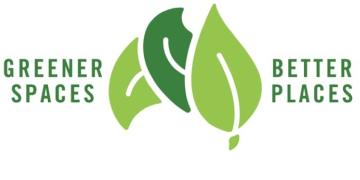
Living Melbourne: Our metropolitan urban forest - a groundbreaking strategy for a greener and more liveable city
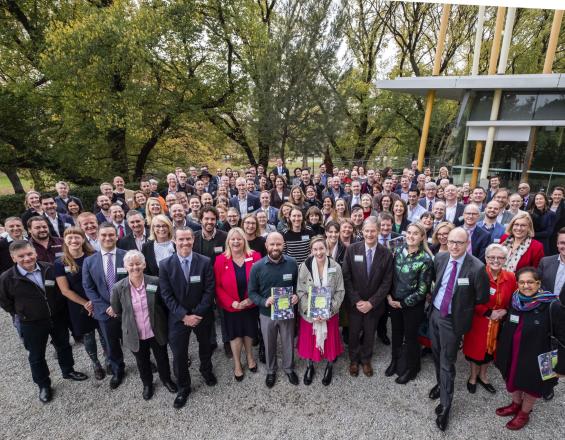
Melbourne, Australia, is a fast growing city. As its suburbs expand to meet the needs of a growing population, municipal leaders are looking to protect wildlife habitat, provide green space for recreation and ensure that trees are available to manage the effects of climate change.
The Nature Conservancy (TNC) and Resilient Melbourne have developed an urban forest plan that identifies opportunities to maintain and restore natural areas in the city. The Living Melbourne Strategy presents a transformative approach to responding to urban challenges with nature, and is a result of over two years of collaboration and evidence accumulation on how to connect, extend and enhance urban greening across the metropole.
Living Melbourne is a bold strategy for a greener, more liveable Melbourne into the future. In an unprecedented effort, Living Melbourne has been endorsed by 41 organisations representing local government, Victorian government, water authorities, statutory agencies and industry bodies.
Impacts
The development of Living Melbourne was supported by thorough stakeholder engagement throughout the process. Approximately 65 organisations and over 250 individuals made contributions to the strategy. Once completed, an implementation workshop was held on 13 September 2019. 60 individuals representing 40 organisations provided input and 57 project ideas were generated from the workshop.
These ideas informed the creation of a three-year Implementation Plan which was circulated in February 2020. The plan identifies ‘lead’ and ‘support’ organisations and includes priority projects, estimated timelines and estimated project costs. 26 projects are identified in the implementation plan that progress elements of each of the six action areas within Living Melbourne.
Living Melbourne's six action areas are:
Action 1: Protect and restore species habitat, and improve connectivity
Action 2: Set targets and track progress
Action 3: Scale up greening in the private realm
Action 4: Collaborate across sectors and regions
Action 5: Build a toolkit of resources to underpin implementation
Action 6: Fund the protection and enhancement of the urban forest
The strategy is directional rather than directive and is a visionary document that works towards removing barriers and enhancing opportunities that would significantly improve conditions for urban greening.

